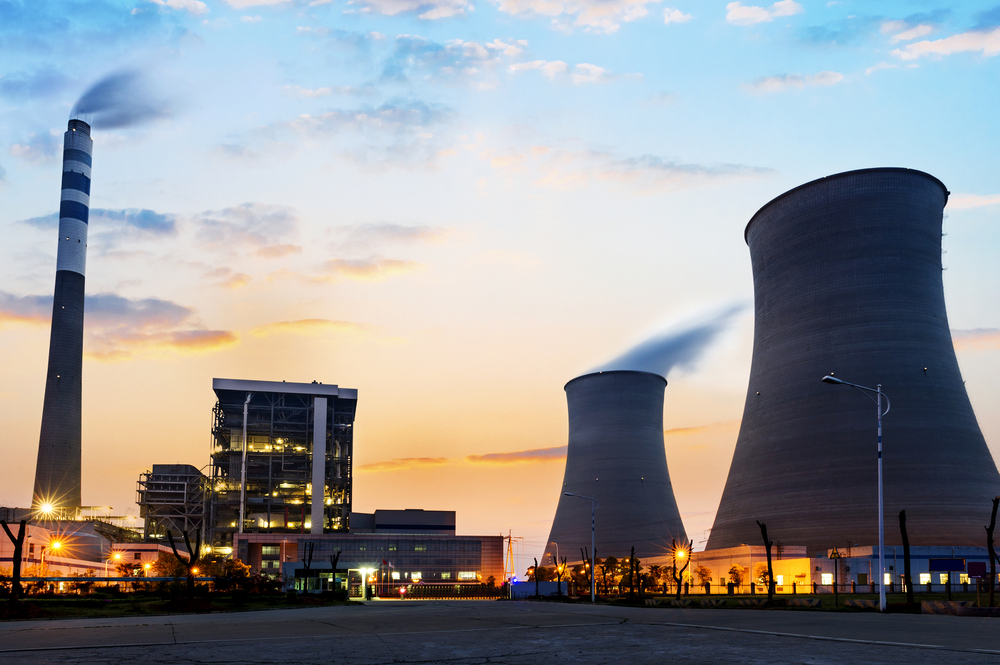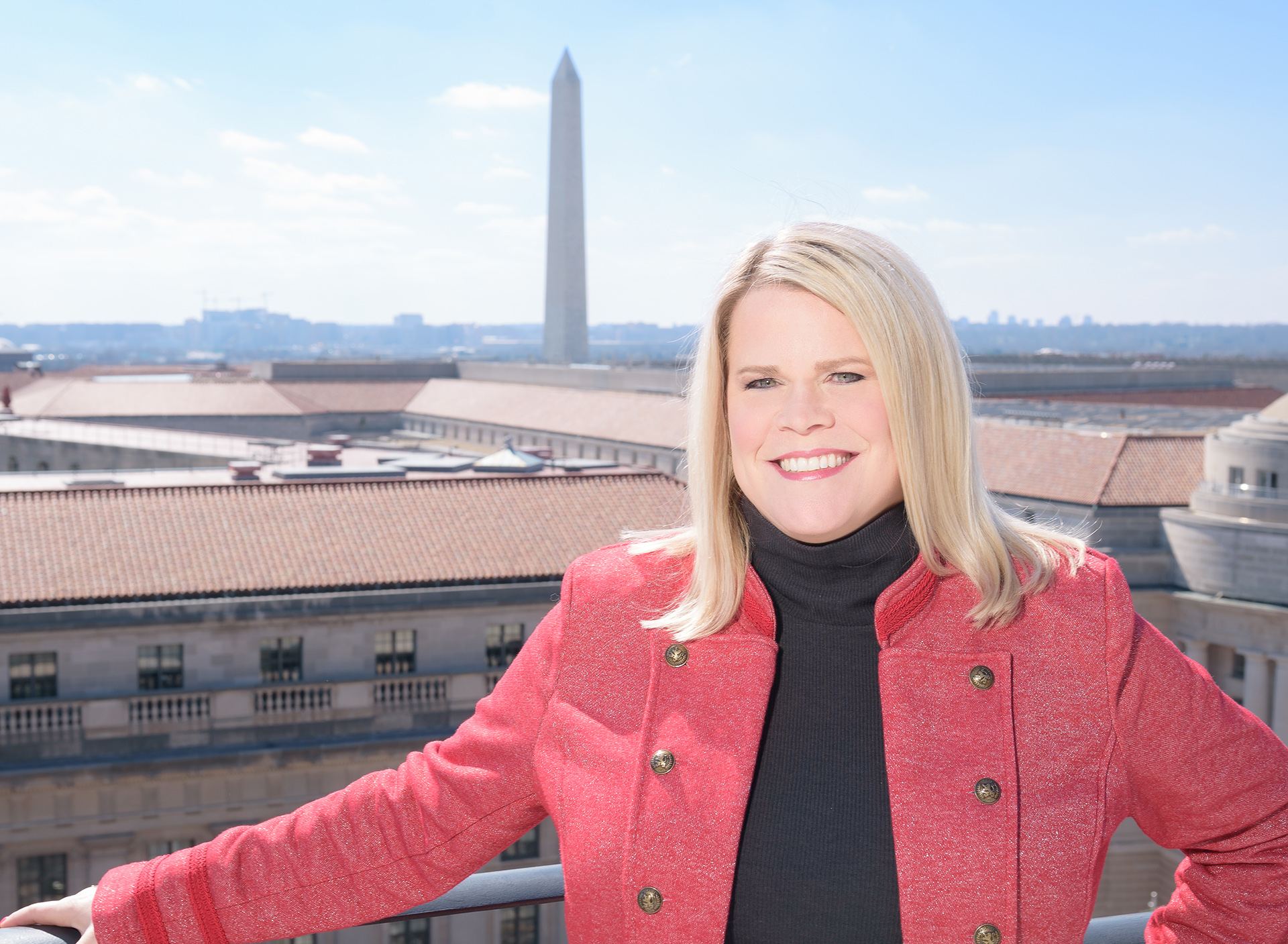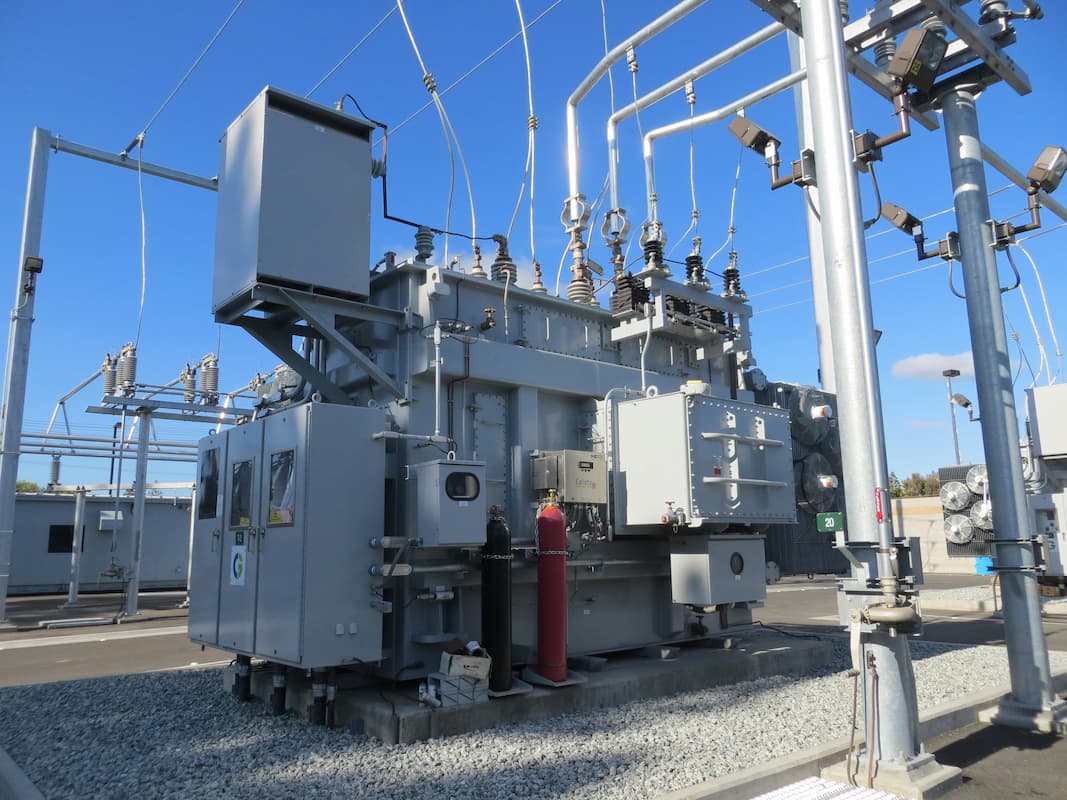A Look Back: The Climate Action Plan Celebrates One Year Of Saving Energy
Let's Save Energy
Alliance to Save Energy's Blog

This is the third in a series of posts about the Administration's strong and successful efforts on energy efficiency. The last post focused on the Recovery Act.
Today marks the one-year anniversary of President Obama's speech under the hot summer sun in Georgetown, during which he officially announced the Administration's Climate Action Plan. There are still many hurdles to overcome for implementing necessary energy efficiency policies, but there is also much to celebrate for what the Plan has achieved to date.
The President's Climate Action Plan reiterates the goal of reducing U.S. GHG emissions to 17% below 2005 levels by 2020 and of doubling our nation's energy productivity by the year 2030. It provides a blueprint for mitigating and adapting to climate change impacts nationally and internationally. Efficiency has been featured prominently in the President's vision for climate security, including increased funding for rural efficiency programs; expanded research, development, and deployment for energy efficiency and clean energy; and a new plan to reduce methane emissions; among other policies and programs.
An incredibly transformative piece of the Climate Action Plan - and one where energy efficiency plays a large and important role - is the EPA's recently proposed 111(d) rule on existing power plants. Power plants account for about forty percent of U.S. GHG emissions, and regulating them is the best way to significantly reduce U.S. greenhouse gas emissions while also increasing energy productivity. Energy efficiency has been included as a key compliance strategy for states to individually or jointly achieve emissions reductions outlined by the EPA proposal.
On Monday, a major Supreme Court ruling upheld the EPA's authority to issue Clean Air Act regulations for sources of greenhouse gases that already require permits for emitting conventional pollutants. This means small emitters - schools, small business, and the like - are excluded from the EPA's jurisdiction, but power plants can lawfully be regulated. The decision marks yet another victory for the Obama Administration and the Climate Action Plan.
In the next year and beyond, we anticipate an aggressive implementation of the Climate Action Plan and continued acknowledgement of the important role energy efficiency will play in achieveing the Administration's goals.
RECENT BLOG POSTS
STAY EMPOWERED
Help the Alliance advocate for policies to use energy more efficiently – supporting job creation, reduced emissions, and lower costs. Contact your member of Congress.
Energy efficiency is smart, nonpartisan, and practical. So are we. Our strength comes from an unparalleled group of Alliance Associates working collaboratively under the Alliance umbrella to pave the way for energy efficiency gains.
The power of efficiency is in your hands. Supporting the Alliance means supporting a vision for using energy more productively to achieve economic growth, a cleaner environment, and greater energy security, affordability, and reliability.



